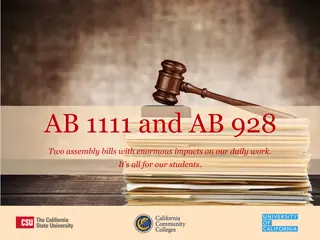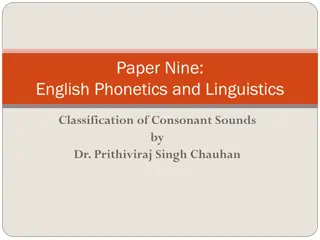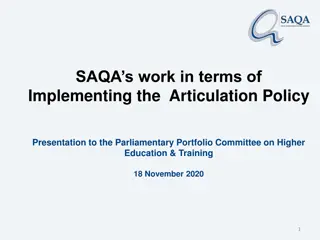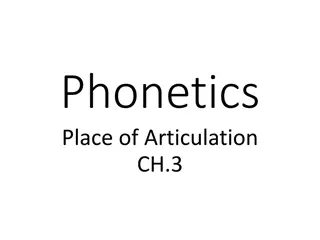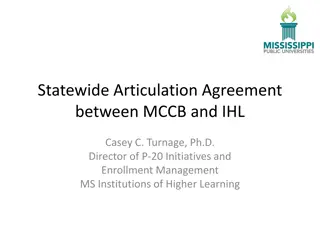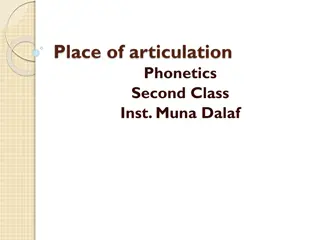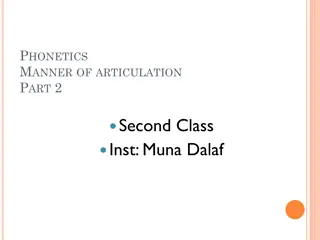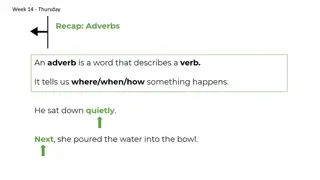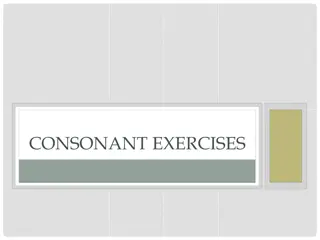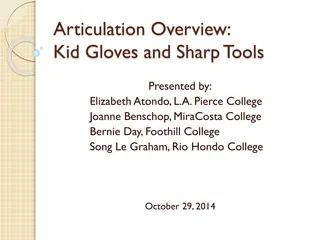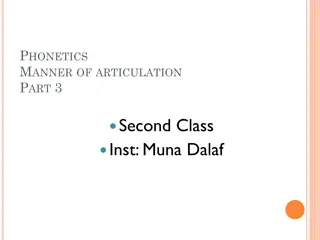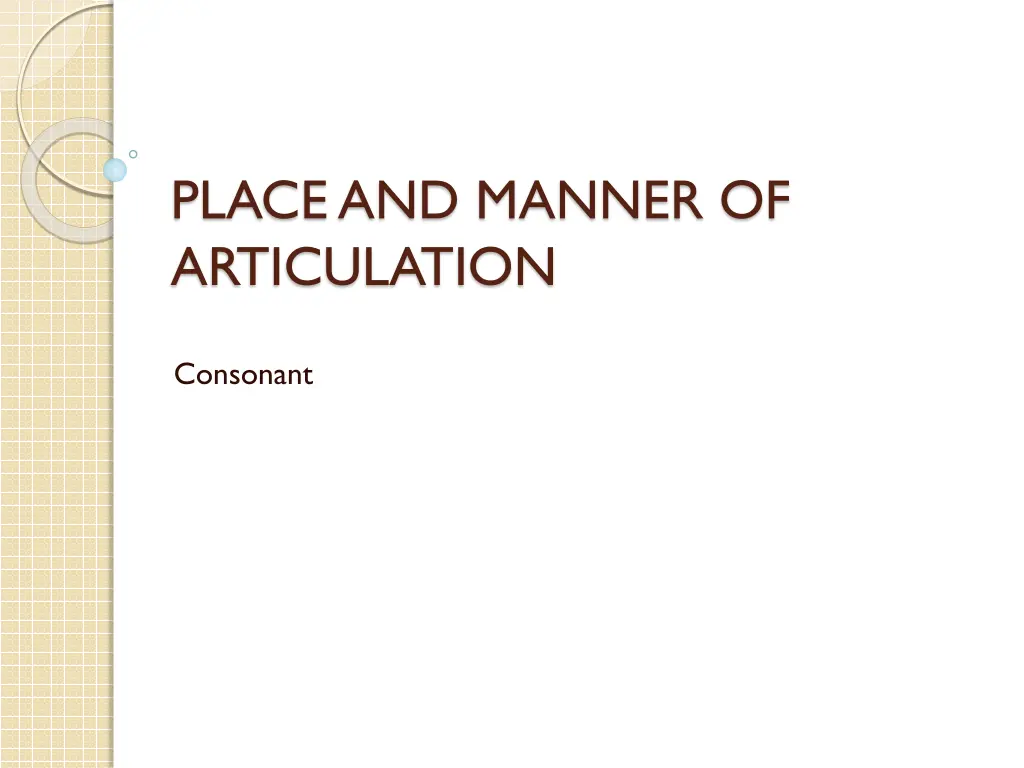
Speech Organs and Articulation in Phonetics
Explore the role of speech organs such as the tongue, lips, vocal cords, and more in phonetics and articulation of consonant sounds. Understand the anatomy and functions of these organs for producing various speech sounds in the spoken language.
Download Presentation

Please find below an Image/Link to download the presentation.
The content on the website is provided AS IS for your information and personal use only. It may not be sold, licensed, or shared on other websites without obtaining consent from the author. If you encounter any issues during the download, it is possible that the publisher has removed the file from their server.
You are allowed to download the files provided on this website for personal or commercial use, subject to the condition that they are used lawfully. All files are the property of their respective owners.
The content on the website is provided AS IS for your information and personal use only. It may not be sold, licensed, or shared on other websites without obtaining consent from the author.
E N D
Presentation Transcript
PLACE AND MANNER OF ARTICULATION Consonant
Three main organs in speech Initiators : two lungs Phonators : the pair of vocal cords situated in larynx Articulators (organs in mouth cavity) upper margin (upper lip, upper teeth, gum ridge (alveolum), hard palate (palatum), soft palate (velum), uvula lower margin (lower lip, lower teeth, tongue)
ORGAN OF SPEECH Lips Tongue Soft Palate Vocal Cords Lower teeth Jaw Movable Upper Teeth Upper Teethridge Hard Palate Immovable
Tongue, Upper teeth ridge, Hard Palate, Soft Palate, Vocal Cords Tongue Tip, blade, middle, back. Upper teetridge Located above and behind the upper front teeth Hard Palate That portion of the mouth roof directly behind the upper teethridge (it arches upward to the highest point in the mouth and then gradually descends. Soft Palate It is joined to hard palate and continues the descending arch started by HP. It ends at the back portion of mouth by small bulb called uvula Vocal Cords Voiced & Voiceless
Cross-Section Diagram of the Speech Organs
Besides a brain (and the knowledge of the language), what do you need to use the spoken language? These are the speech organs.
Lips Lips - -they serve for creating different sounds - mainly the labial, bilabial (e.g. /p/, /b/, /m/, /hw/, and /w/) and labio-dental consonant sounds (e. g. /f/ and /v/ - and thus create an important part of the speech apparatus.
Upper Lip Lower Lip
- small whitish structures found in jaws - responsible mainly the labio-dental (e.g. /f/ and /v/and lingua-dental (e.g./ /and / /) for creating sounds
tongue - with its wide variety of possible movements, it assists in forming the sounds of speech.
TONGUE Back Middle(Dorsum) Front(Blade) Tip(Apex)
Alveolar ridge Alveolar ridge - hard ridge behind the upper front teeth. It is between the roof of the mouth and the upper teeth.
For the sound /s/, air from the lungs passes continuously through the mouth, but the tongue is raised sufficiently close to the alveolar ridge (the section of the upper jaw containing the tooth sockets) to cause friction as it partially blocks the air that passes.
Hard palate Hard palate a thin horizontal bony plate of the skull, located in the roof of the mouth. the interaction between the tongue and the hard palate is essential in the formation of certain speech sounds, notably /t/, /d/, and /j/.
Velum (soft palate) Velum (soft palate) - it should have holes forming that function during speech to separate the oral cavity (mouth) from the nose, in order to produce the oral speech sounds. If this separation is incomplete, air escapes through the nose during speech and the speech is perceived as hyper nasal.
Velum or Soft Palate
Uvula Uvula - it functions in tandem with the back of the throat, the palate, and air coming up from the lungs to create a number of guttural and other sounds. - In many languages, it closes to prevent air escaping through the nose when making some sounds.
Glottis Glottis combination of vocal folds and space in between the folds as the vocal folds vibrate, the resulting vibration produces a buzzing quality to the speech called voice or voicing or pronunciation. sound production involving only the glottis is called glottal. Example is the sound /h/.
Place and Manner of Articulation Voiced Voiceless Voicing Nature or obstruction or manner of articulation Stops Fricatives Affricatives Nasals Lateral Semi-vowels Bilabial Labio-dental Dental Alveolar Post-alveolar Palatal Velars glottal Point of Articulation
Voiced consonants include /v/, /z/, //, /d /, / /, /b/, /d/, / /, /w/. Voiceless consonants include /f/, /s/, / /, /t /, / /, /p/, /t/, /k/, / /, and /h/.
THE CONSONANT SOUNDS OF ENGLISH CLASSIFIEDACCORDINGTOVOICING: VOICELESS /p/ pen, /t/ ten, /k/ cod, /f/ fine, /th/ thigh, /s/ sue,/sh/ mission,/ch/ chew,/h/ hot 1. 2. VOICED /b/ Ben, /d/ den, /g/ God, /v/ vine, /dh/ thy, /z/ zoo, /zh/ vision, /j/ jew, /m/ men, /n/ neck, /ng/ bring, /l/ let, /r/ right, /y/ you, /w/ water, /hw/ what
B. NATURE MANNER OFARTICULATION OR OBSTRUCTION OR STOPS are produced by stopping the passage of the breath stream with a build up of pressure behind the closure before releasing the breath 1. vl /p/ /t/ /k/ vd /b/ /d/ /g/ Bilabial stops Alveolar stops Velar stops & & &
2. FRICATIVES are continuants produced when the air stream is not completely stopped but passes through with friction or a hissing sound vl & & /s/ vd Labiodental fricatives /f/ Dental fricatives Alveolar fricatives Post alveolar fricatives /r/ Palatal fricatives Glottal fricatives /v/ / / & / / /z/ / / /h/ & /dz/
3. AFFRICATES are produced when a stop combines with a fricative. Like fricatives, they are also continuants. They may be prolonged as long as the speaker wishes. Alveolar affricates /t / & /dz/ 4. NASALS are produced with the air stream passing through the nose rather than the mouth Bilabial nasal Alveolar nasal Velar nasal /m/ /n/ / /
5. LATERAL is produced when the air stream is stopped in the center by the tip of the tongue against the alveolar ridge, while the air passes along one or both sides of the tongue Alveolar lateral /l/ 6. SEMI-VOWELS in their production, there is lack of friction and the sounds are vowel-like in their voicing but they function as consonants Bilabial /w/ - wear, win /wh/ - why Palatal /y/ - new, view
C. POINT OF ARTICULATION refers to the upper parts of the mouth which the lowers parts (articulators) come production of the consonant sound in contact with the BILABIAL when the lower lip touches the upper lip to produce the consonant sound * /p/,/b/,/m/ & /w/ 1. 2. LABIO-DENTAL when the lower lip comes in contact with the upper front teeth * /f/ & /v/
3. DENTAL when the lower teeth approach the upper teeth * / / & / / 4. ALVEOLAR when the tip of the tongue is raised close to the toothridge or the back of the upper front teeth * /t/ & /d/ 5. POST ALVEOLAR when the tip of the tongue is articulated against the back part of the alveolar ridge * /r/
6. PALATAL when the tongue is arched towards the hard palate * / / 7. VELARS when the back of the tongue closes against the velum or soft palate * /k/ 8. GLOTTAL when friction is produced by the air passing through the glottis * /h/
SPEECH ORGANS Alveolar ridge Hard Palate Soft Palate Upper lip Uvula Lower lip Back Middle(Dorsum) Teeth Front(Blade) Tip (Apex) Glottis
THANK YOU! Wassalamu alaikum

